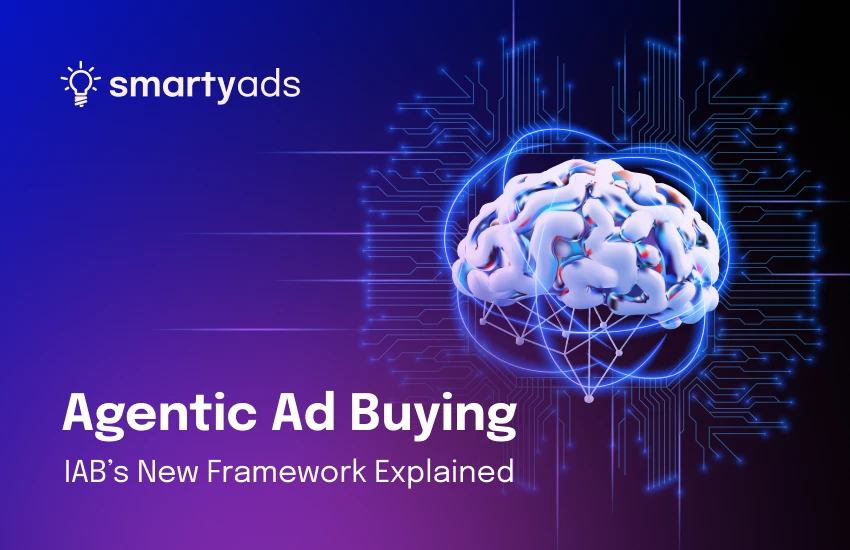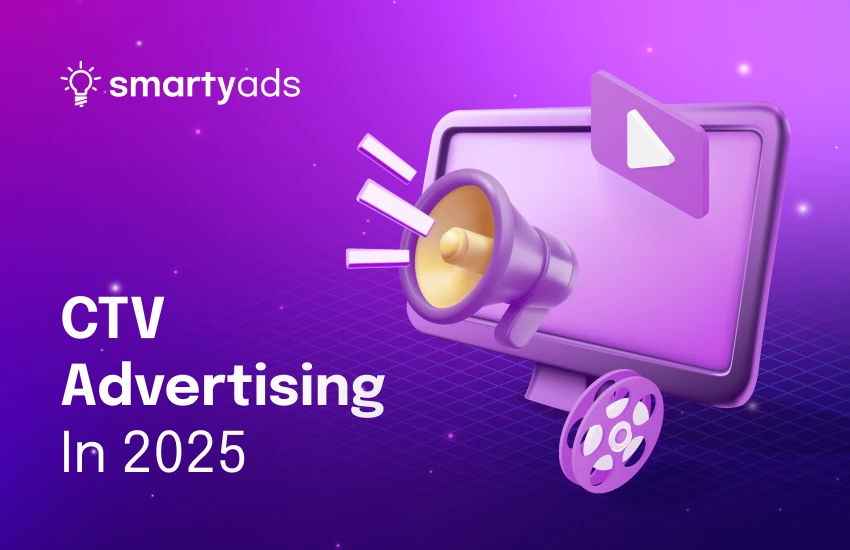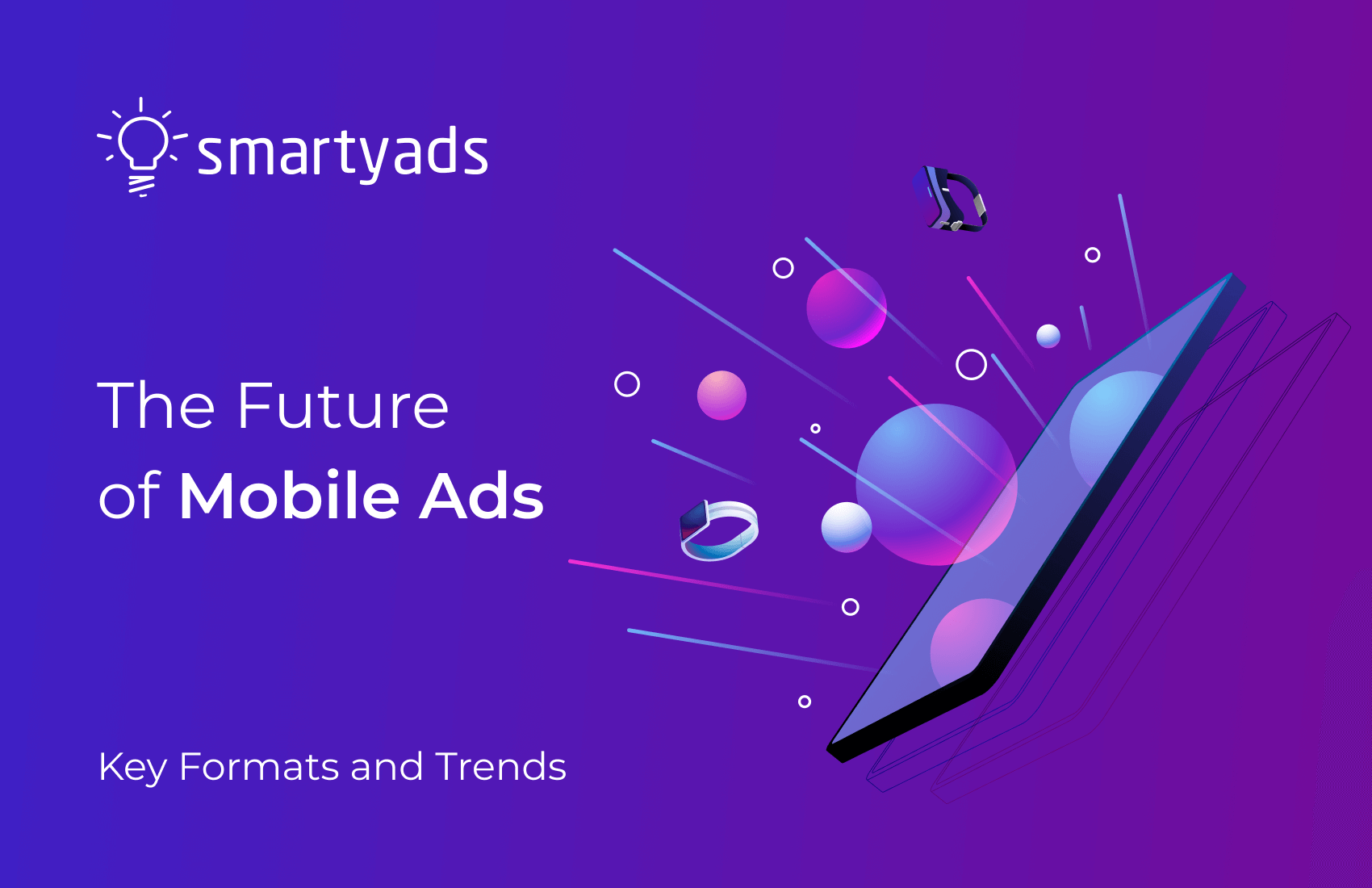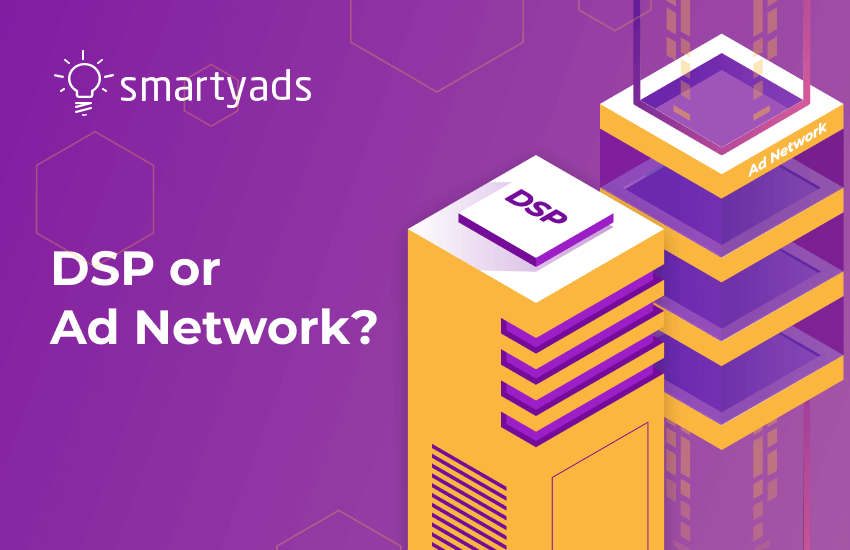In Liu Cixin’s novel, there’s a scene where thousands of people are arranged like a living supercomputer—each person acting as a tiny logic gate, trying to solve a calculation that a real machine could finish in an instant. That’s not far from how today’s programmatic ad auctions work. They’re incredibly complex, running hundreds of millions of times a day, and every single one needs to decide—within a fraction of a second—whether to show your ad, to whom, and at what price.
The problem is that those decisions currently take about 600–800 milliseconds. For most people, that sounds fast. In this industry, it’s equivalent to having a human-powered supercomputer struggling through a math problem.
The IAB Tech Lab just announced something that could change all that. And no, this isn't another buzzword bingo situation. This one actually matters.
What Just Happened?
On November 13, 2025, the IAB Tech Lab released the Agentic RTB Framework (ARTF) v1.0 for public comment. They introduced a new standardized approach to interoperability across the programmatic advertising ecosystem through the use of containerized architecture. Think of it as a complete rethinking of how the pipes of programmatic advertising actually work.
Here's the simple version: today's programmatic ecosystem is like having a conversation where every sentence has to travel through different buildings, different cities, sometimes different cloud environments. Your DSP talks to an SSP, which might need to check with a data vendor, which pings a fraud detection service, and so on. All of that back-and-forth takes time—precious milliseconds that add up fast.
The new framework? It's designed to reduce the current time for bid requests and responses up to 80%, dramatically increasing opportunities for bid enrichment and real-time decisioning using third-party specialist technologies. We're talking about cutting that 600-800ms down to around 100ms.
How? By letting all these different systems—DSPs, SSPs, fraud detectors, data enrichment tools—operate within the same virtual environment. Same data center. Sometimes even the same server. As IAB Tech Lab CEO Tony Katsur explained, they're containerizing the architecture rather than having endpoints like DSPs and SSPs pinging between their own separate data centers.

Why You Should Care
Let's cut through the technical jargon. Here's what this means in practical terms:
Speed That Changes Everything
When auction times drop from 800ms to 100ms, something interesting happens. You're not just making things faster—you're suddenly able to do things that were impossible before. More sophisticated fraud detection before you bid on an impression, not after. Richer data analysis in real-time. Better decisions, made faster.
Remember Liu Cixin's human computer? The genius wasn't in the individual people—it was in how they communicated. The ARTF is about making those connections instantaneous instead of having each "logic gate" shout across a crowded room.
The Agent Question
You've probably heard "AI agents" thrown around a lot lately. In 2024, there were roughly 177 mentions of "AI agents" and "advertisers" across ad, business, and tech media. In 2025, that number has surged to 442—and we're only in November. The ARTF framework is building the infrastructure to actually make agentic advertising work, not just talk about it.
Security Without Sacrifice
Here's something clever: containerization is inherently secure, so a DSP wouldn't have access to a measurement company's code or software—the communication channel is open, but the black box remains closed. Translation: different companies can work together in real-time without exposing their proprietary tech to each other.
Industry Alignment
This isn't some fringe experiment. The Container Project Working Group includes participants from Amazon Ads, Index Exchange, OpenX, The Trade Desk, Netflix, Yahoo, Paramount, Optable, HUMAN Security, Magnite, PubMatic, WPP Media, and Basis Technologies. When you see that kind of alignment across competitors, something real is happening.
What's in the Framework?
The ARTF introduces several key technical components:
Containerized Architecture: Instead of separate systems talking over the internet, everything runs in containers in the same environment.
Agent-to-Agent Communication: The framework supports protocols like MCP and A2A. This lets systems coordinate and make decisions with less human help.
Better Security: Containers can be signed and controlled with built-in rules, making sure agents behave as expected.
Energy Efficiency: Less communication across networks means lower computing power and energy use, which is good for the environment.
The Timeline: When Does This Happen?
The public comment period remains open until January 15, 2026. After that, IAB Tech Lab will review feedback, make revisions, and begin rolling out changes. Some companies have already been testing containerized approaches—Zillow piloted this with Chalice and Index Exchange back in August 2025, for example.
The goal is to have the first official version wrapped up by the end of Q1 2026, though that depends on how quickly industry consensus forms. And let's be honest—getting this many big players to agree on technical standards is like herding cats. Very opinionated, technically sophisticated cats.
Where SmartyAds Stands
At SmartyAds, we've created our DSP with a core philosophy in mind: be ready for what's next, but don't chase every industry microtrend. From our perspective, the ARTF represents a genuine evolution in programmatic.
Our Commitment to Standards
We're accredited by the IAB Tech Lab and consistently align with their frameworks and principles. You can verify our full list of certifications and partnerships at the footer of smartyads.com. Transparency and trust aren't just marketing terms for us—they're operational requirements.
Approach to New Standards
When frameworks like ARTF emerge, we don't rush to implement half-baked solutions. We evaluate carefully, test thoroughly, and implement thoughtfully. The ARTF is currently in public comment—meaning the industry is still shaping what the final version will look like. We're monitoring developments closely and participating in the conversation.
Once the framework is finalized and we've validated its benefits, you can expect SmartyAds to support it. Our technical infrastructure is designed for exactly this kind of evolution.
What This Means for Our Advertisers
The direction ARTF is heading right now—faster auctions, better real-time decisioning, enhanced security—aligns perfectly with what we've been building toward. Our RTB bidding capabilities are robust and ready to leverage these improvements as they roll out.
Here's what won't change: our commitment to transparency, performance, and giving you control over your campaigns. The technology evolves, but those principles don't.

The Bigger Picture
Step back for a moment. The ARTF isn't only about making auctions faster (though that's nice). It's about building the infrastructure for a fundamentally different kind of programmatic advertising—one where sophisticated AI agents can make complex decisions in real-time, where fraud gets caught before you waste budget on it, where privacy and collaboration aren't mutually exclusive.
As Chalice CEO Adam Heimlich noted, this level of efficiency has previously only existed in walled gardens and other single-server network entities. The ARTF is trying to bring that same efficiency to the open programmatic ecosystem.
In "The Three-Body Problem," the human computer eventually fails—not because the people weren't smart enough, but because human communication is just too slow. The ARTF is solving the programmatic industry's version of that problem: taking smart systems that already exist and letting them communicate at the speed they're actually capable of.
Will it work? Time will tell. But the fact that so many major players are aligned on this approach is significant. And the technical foundations they're laying—containerization, standardized agent communication, enhanced security—these are the building blocks for whatever comes next in programmatic advertising.
As IAB Tech Lab's Tony Katsur put it: "What we're doing as an industry with this is effectively folding time."
What Should You Do?
So what does this mean for you? Programmatic is getting faster and more automated. The advertisers who'll do well are the ones who can use these new tools without losing sight of what actually matters: knowing where your ads run, what you're paying, and whether they're working.
At SmartyAds, we don't implement every new framework the day it's announced. We wait, we test, we make sure it actually helps our clients before we roll it out. But when something like ARTF shows real promise—and this one does—we're ready to support it.
Our DSP already handles the basics well: precise targeting, real-time bid optimization, and clear reporting. When ARTF becomes standard and proves its worth, we'll integrate it. Until then, we're focused on what works right now.
Want to see how our platform performs today, not in some theoretical future? Create an account on SmartyAds DSP, and we'll show you what we're working with. No sales pitch, just a real walkthrough of how the platform works and whether it fits what you need.





